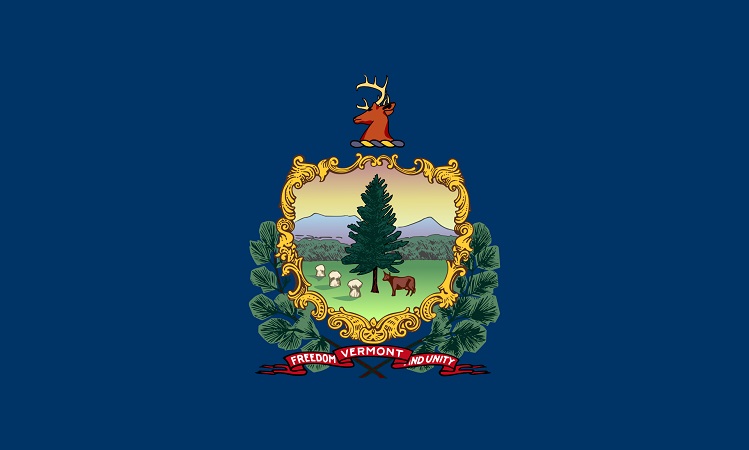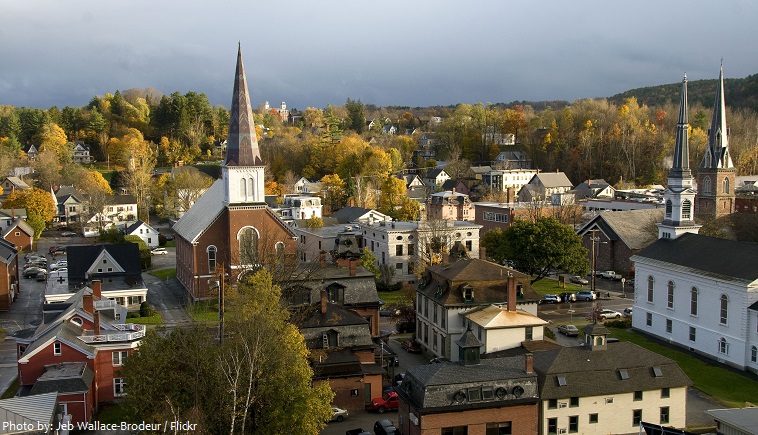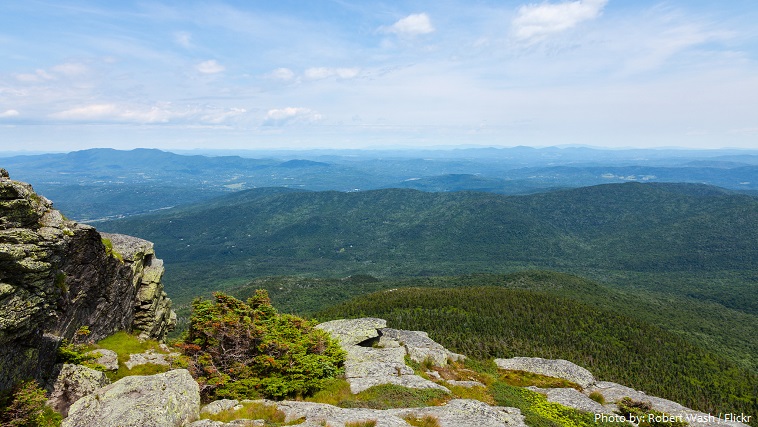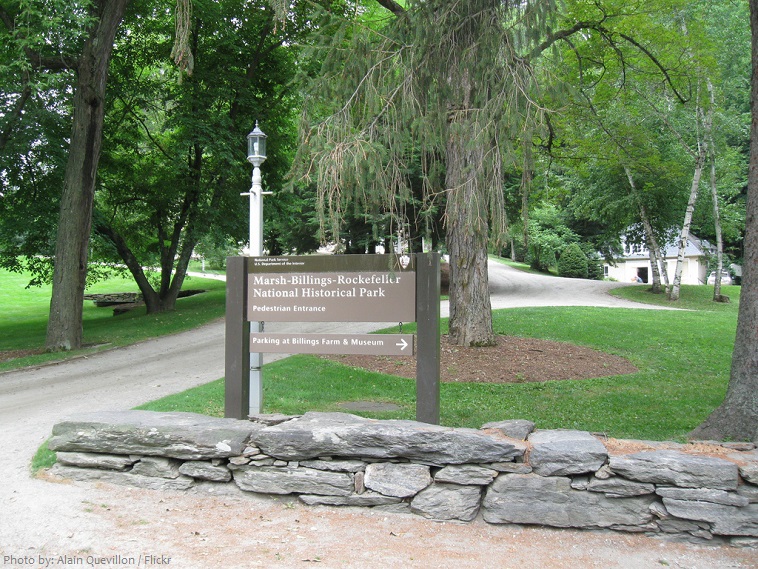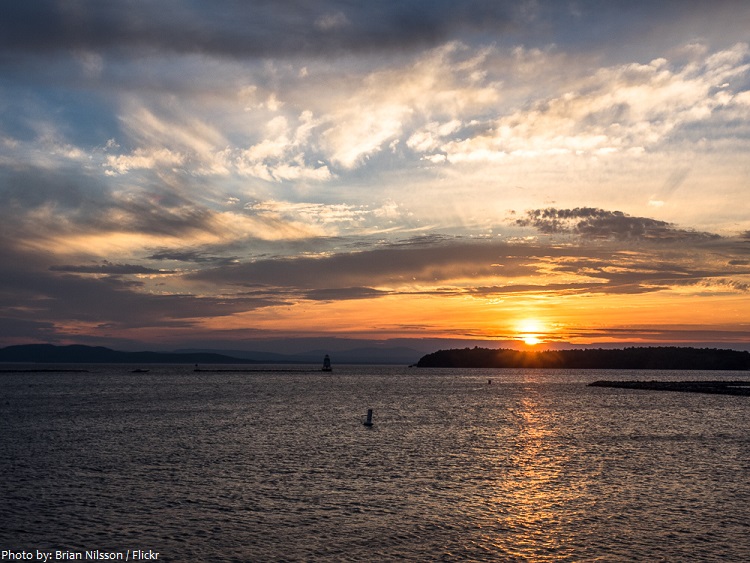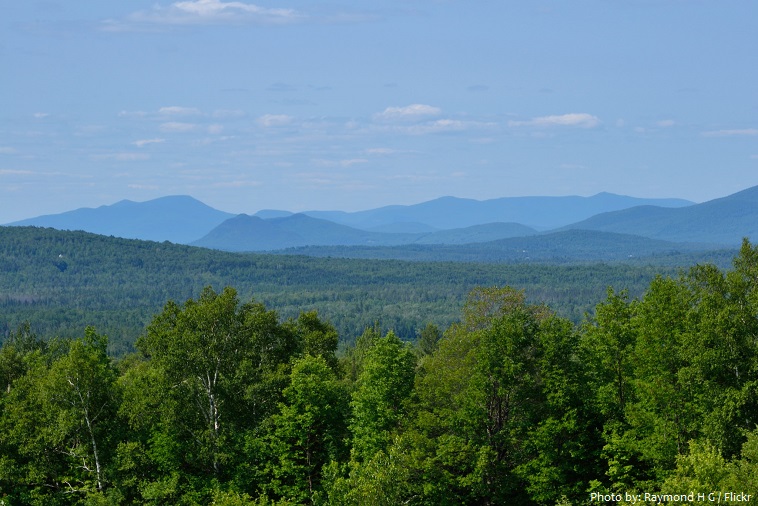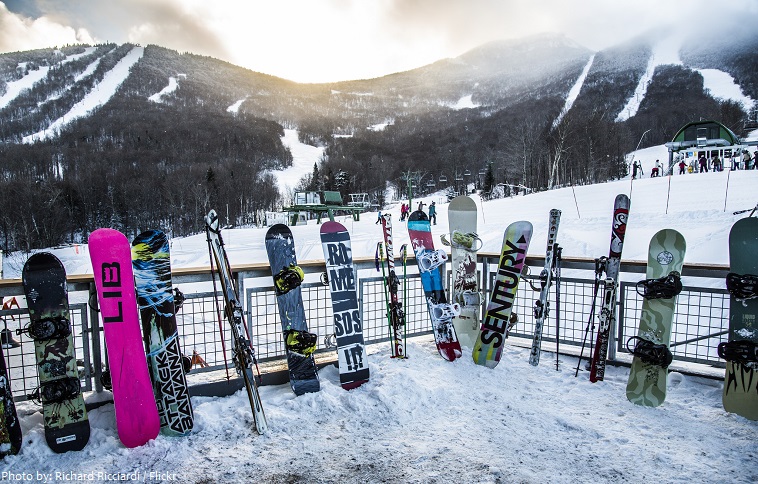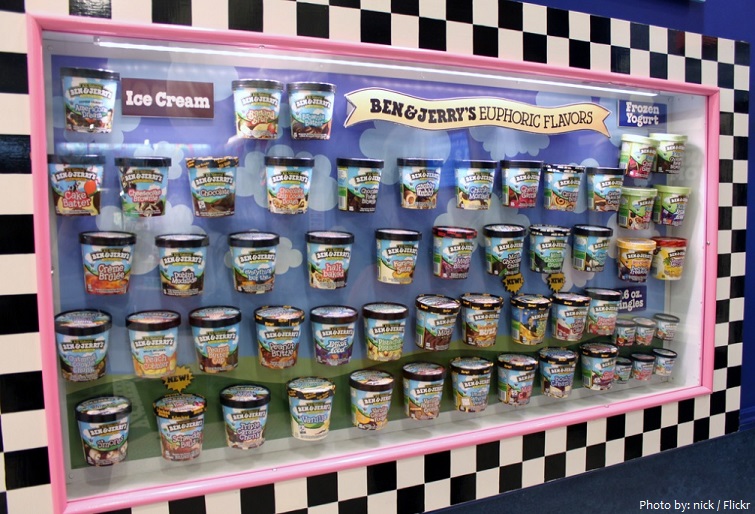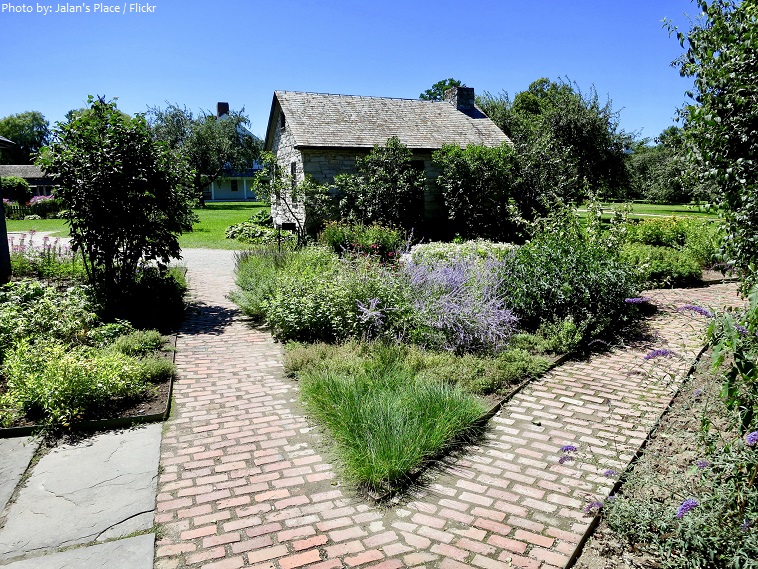Vermont is a state in the New England region of the northeastern United States.
It is bordered by Massachusetts to the south, New Hampshire to the east, New York to the west, and the Canadian province of Quebec to the north.
As of January 2019, the population of Vermont was estimated to be about 625,000 people. It is the 49th most populous state in the United States.
Vermont is the 45th largest state in the United States in terms of total area with 24,923 square kilometers (9,616 square miles).
Montpelier is the capital of Vermont. It is the least populous state capital in the United States with population of about 8,000 people; however, the daytime population grows to about 21,000, due to the large number of jobs within city limits.
From north to south, Vermont is 256 kilometers (159 miles) long. Its greatest width, from east to west, is 143 kilometers (89 miles) at the Canada – US border; the narrowest width is 60 kilometers (37 miles) at the Massachusetts line.
Vermont can be divided into six geographical land regions; the Northeast Highlands, the Western New England Upland, the Green Mountains, the Vermont Valley, the Taconic Mountains, and the Champlain Valley.
The famous Green Mountains cover most of the Green Mountain region in central Vermont. The Green Mountains support the tallest mountains in Vermont – Mount Mansfield, at 1,340 meters (4,395 feet) above sea level.
The mean elevation of the state of Vermont is 305 meters (1,000 feet) above sea level.
Vermont has 2 national park and 12 state parks.
Marsh-Billings-Rockefeller National Historical Park is a United States National Historical Park in Woodstock, Vermont. The only National Park to concentrate on land stewardship in America incorporates both a working farm and a Victorian mansion on the hill above, set in formal gardens designed by several foremost landscape architects. Both rail magnate Frederick Billings, and later, the Rockefellers were dedicated to land conservation and used this property to put it into practice.
Lake Champlain is a natural freshwater lake. The lake covering Vermont’s northwestern border with New York, is the largest lake in New England, and the sixth largest lake in the country. Lake Champlain drains nearly half of Vermont, and approximately 250,000 people get their drinking water from the lake.
Green Mountain National Forest lies in two sections along the mountain chain that forms the state’s spine – and makes east-west travel a challenge. Nearly every route across these mountains leads over a gap, a mountain pass that may be good for viewing the scenery, but not so good for winter travel. In fact, some of these roads close entirely during the winter. But follow them the rest of the year to discover waterfalls, National Forest campgrounds, scenic places to picnic, trails to hike, and a world of nature.
Vermont is number one for skiing and snowboarding in New England and the East! As a winter destination with something for skiers and snowboarders of all levels, Vermont is hard to beat: think fresh powder, picturesque peaks, and more maple syrup than you can handle.
Unquestionably Vermont’s most popular tourist attraction for children, Ben & Jerry’s factory tour is a favorite experience for adults, too. On the 30-minute guided tour of the factory, you’ll watch workers as they make and package ice cream, while a guide explains the process. On days when the factory is not operating, you’ll still see inside it, but a movie will show it in action.
Restored historic buildings and the collections they house at Shelburne Museum reflect Vermont’s rich history and America’s folk and fine art traditions. You can explore a round barn; the lake steamer SS Ticonderoga (now on dry land); a lake lighthouse; a barn filled with vintage carriages and wagons; a print shop; and collections of carved decoys, American quilts, handmade hatboxes, hooked rugs, and trains, in a bucolic village setting among manicured gardens.
For thousands of years indigenous peoples, including the Mohawk and the Algonquian-speaking Abenaki, occupied much of the territory that is now Vermont and was later claimed by France’s colony of New France. France ceded the territory to Great Britain after being defeated in 1763 in the Seven Years’ War.
Vermont was admitted to the United States as the fourteenth state in 1791 after a brief period of sovereignty following the American Revolutionary War.
Vermont experienced rising abolitionist sentiment and subsequently fought on the Union side of the American Civil War.
Vermont’s name comes from the French phrase “vert mont,” meaning “green mountain.”
Montpelier, Vermont is the only US state capital without a McDonalds.
On May 5, 1978, Ben Cohen and Jerry Greenfield opened their first Ben & Jerry’s Homemade ice cream shop in a refurbished gas station in Burlington. In 2000, the infamous brand was acquired by Unilever for roughly $326 million in cash.
Vermont is the country’s leading producer of maple syrup.
